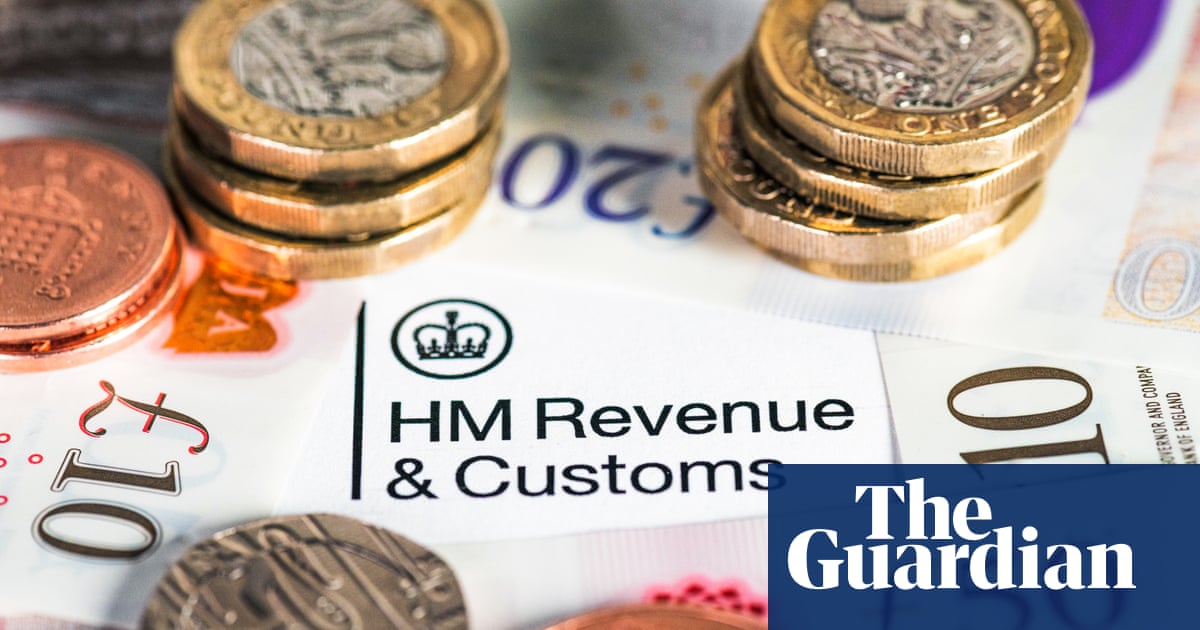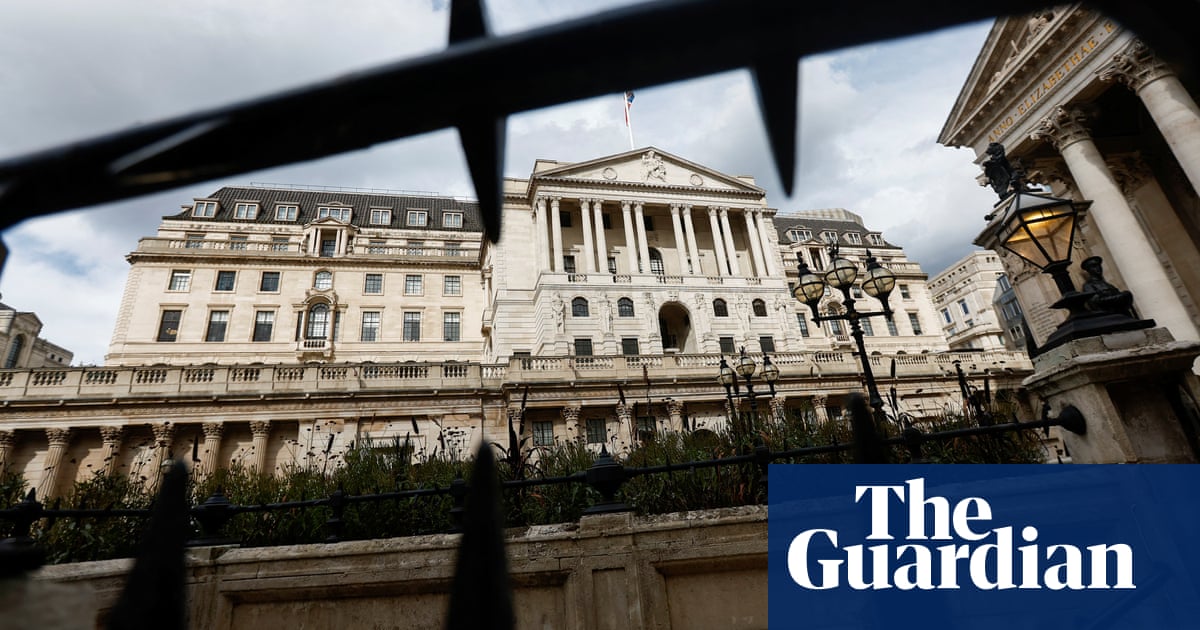
Higher interest rates look set to land hundreds of thousands more people with an unwelcome tax bill for their savings, a financial advice firm warned this week.
A couple of years ago it was typically only the wealthiest with very big nest eggs who had to pay tax on their savings interest – but now someone with an emergency savings pot of about £8,000 could find themselves falling foul of this little-known tax trap.
The Bank of England this week kept interest rates on hold for the second time running but that followed 14 consecutive rises that have propelled the official base rate from 0.1% at the end of December 2021 to 5.25% now.
While borrowers have suffered, savers have for several months been able to sign up for accounts offering as much as 6%-plus interest. For those able to stash away a reasonable sum, that means they could at last get a decent income from their savings – but there is a sting in the tail if you didn’t, or don’t, opt for a tax-free cash Isa.
The personal savings allowance that was introduced in 2016 means basic-rate taxpayers can receive £1,000 of interest each financial year without paying any tax, while higher-rate taxpayers can receive up to £500. It led to many people shunning cash Isas and viewing them as pointless.
Up until recently you would usually have needed to have a huge amount saved before hitting the £500 or £1,000 threshold – but with accounts currently paying 5-6%, it is much easier to get caught out, the investment platform AJ Bell says.
A basic-rate taxpayer who signed up for a one-year fixed-rate savings bond paying 6.05% – the top rate at the time of writing – could have up to £16,525 saved before hitting their tax-free limit.
Many people have not got that much saved but there will be people who are not well-off who have that sort of sum in an emergency or rainy day fund account. For a higher-rate taxpayer, the maximum before hitting their limit is a lot lower: £8,265.
Meanwhile, a basic-rate taxpayer with cash in a top-paying easy access account paying 5.25% could have up to £19,050 in savings before hitting the limit. For a higher-rate individual, it’s up to £9,525.
Many who exceed the limits are now set to be hit with a tax bill for their savings interest for the first time in their lives, says Laura Suter, the head of personal finance at AJ Bell.
The firm previously issued data saying that 2.73 million Britons were set to pay tax on their cash savings interest in 2023-24 – up from about 800,000 in 2020-21. It and others have called for the personal savings allowance to be increased so that those with rainy day savings are not caught out in this way.
Some people may not even realise they owe tax on their savings interest until a brown letter from HM Revenue and Customs lands on their doormat, Suter says.
Those who fill in a self-assessment tax return can pay what they owe via that. However, for those taxed via the PAYE system, HMRC will calculate any tax due based on information sent to them by banks and building societies, and then typically adjust the individual’s tax code. It means many taxpayers will find there is a deduction being made from their payslip each month, often before they have even realised they owe any money.












